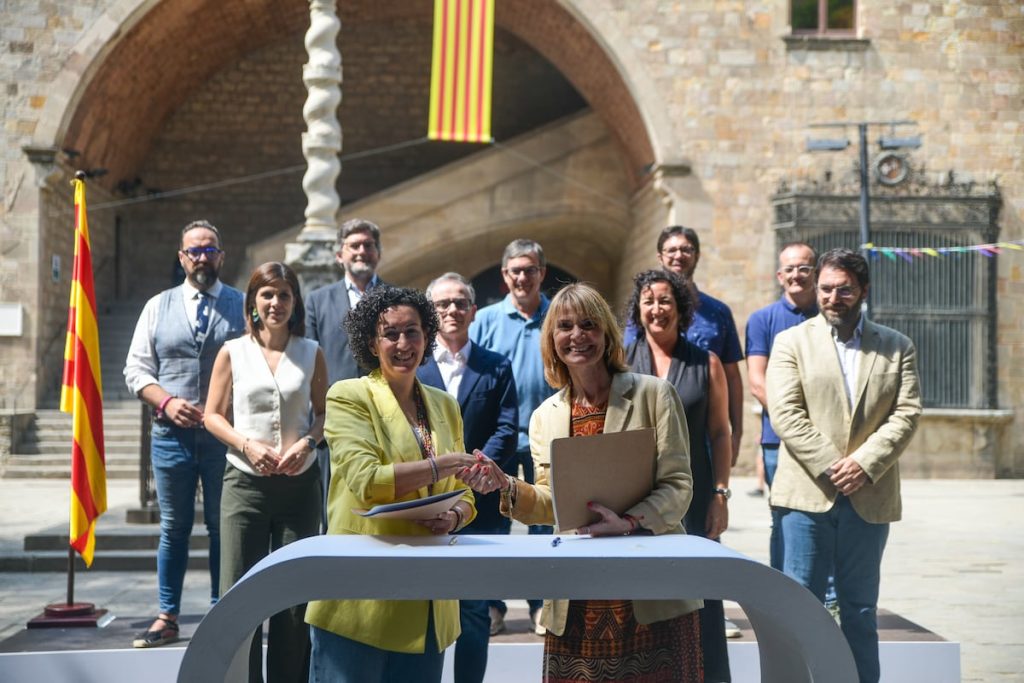The controversy over the agreement to provide Catalonia with a “unique” financing system is following the pattern of previous controversies regarding the configuration of our autonomous model. The State of the autonomies has been constructed based on necessity and circumstances since its inception. There has never been a model to follow, and initially, there wasn’t even a map. Those who criticize the pact between the PSC and ERC forget that all advancements in autonomous matters have occurred due to circumstantial interests. From the reestablishment of the Generalitat de Catalonia (a move by the Suarez government to prevent a Catalan government controlled by socialists and communists) to the successive transfers of the management of IRPF, passing through the Andalusian autonomy referendum, these developments were prompted by certain interests without following a defined ideal.
In the articulation of our composite State, there is no clear ideal being followed. This can be confirmed by reading the eighth title of our Constitution or the definition of the Senate as a “territorial representation chamber.” The construction of the Spanish autonomous system has been piecemeal, often initiated by Catalan parties (the Basques negotiated their own during the constituent debate). This has turned each new stage of building the (non) autonomous model into an excuse for partisan conflict. Since 1978, with each new decentralizing initiative, cries have emerged claiming that Spain is breaking apart. And yet, the country remains united.
This time is no different. After the suspension of the Solbes-Castells agreement in 2009 by the PP, the agreement for Illa’s investiture marks the continuation of the task to shape our composite State that has been ongoing for five decades. Sooner or later, some of those who are currently outraged will realize that it makes sense for the main funder of public spending to also be the main tax collector, and they will demand that the same pact be applied to them. This would not be the first time this has happened.
Therefore, we are defining our political organization over the past half a century in a staggered manner, without a clear plan. Viewed in this light, it almost seems like a miracle. The process of defining our model of governance has been characterized by fits and starts, driven by the interests and circumstances of the time. Each new stage of development in the autonomous system has led to debates and conflicts, often based on partisan interests, without a clear blueprint to follow. Despite the contentious nature of these developments, Spain has remained intact, and the ongoing negotiation and reconfiguration of the autonomous system continue to shape the country’s political landscape.


